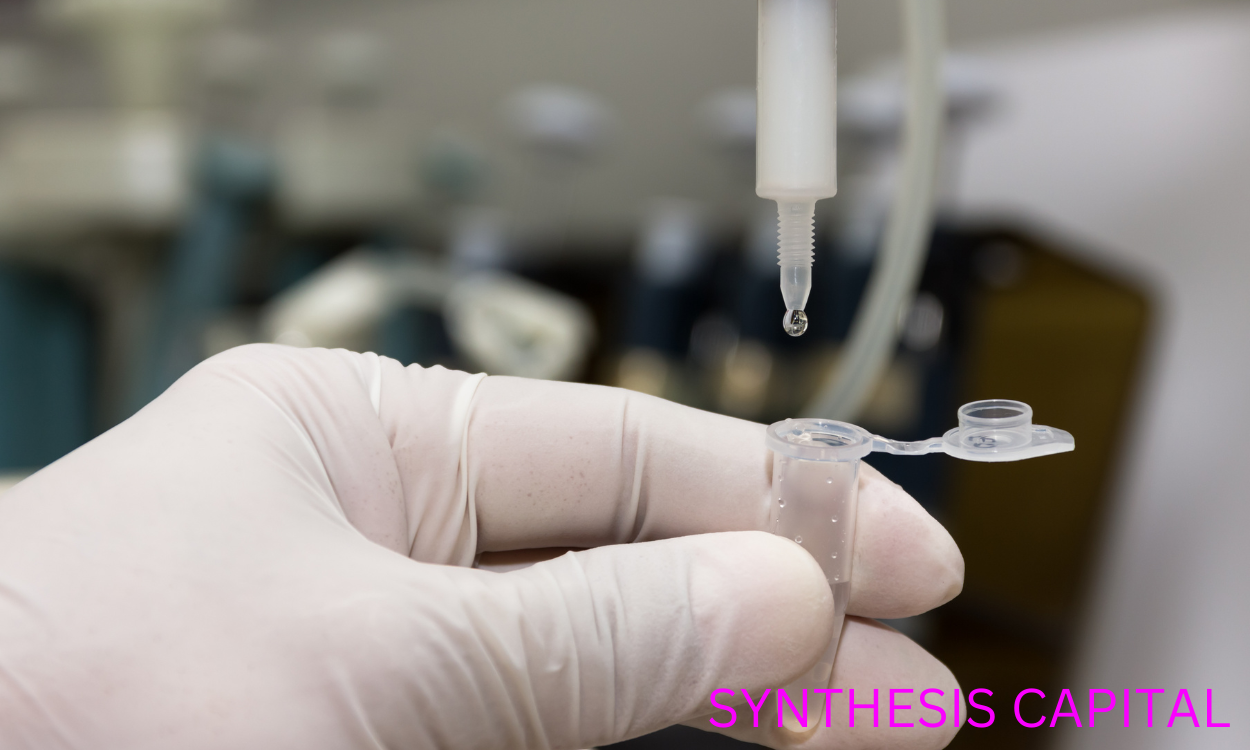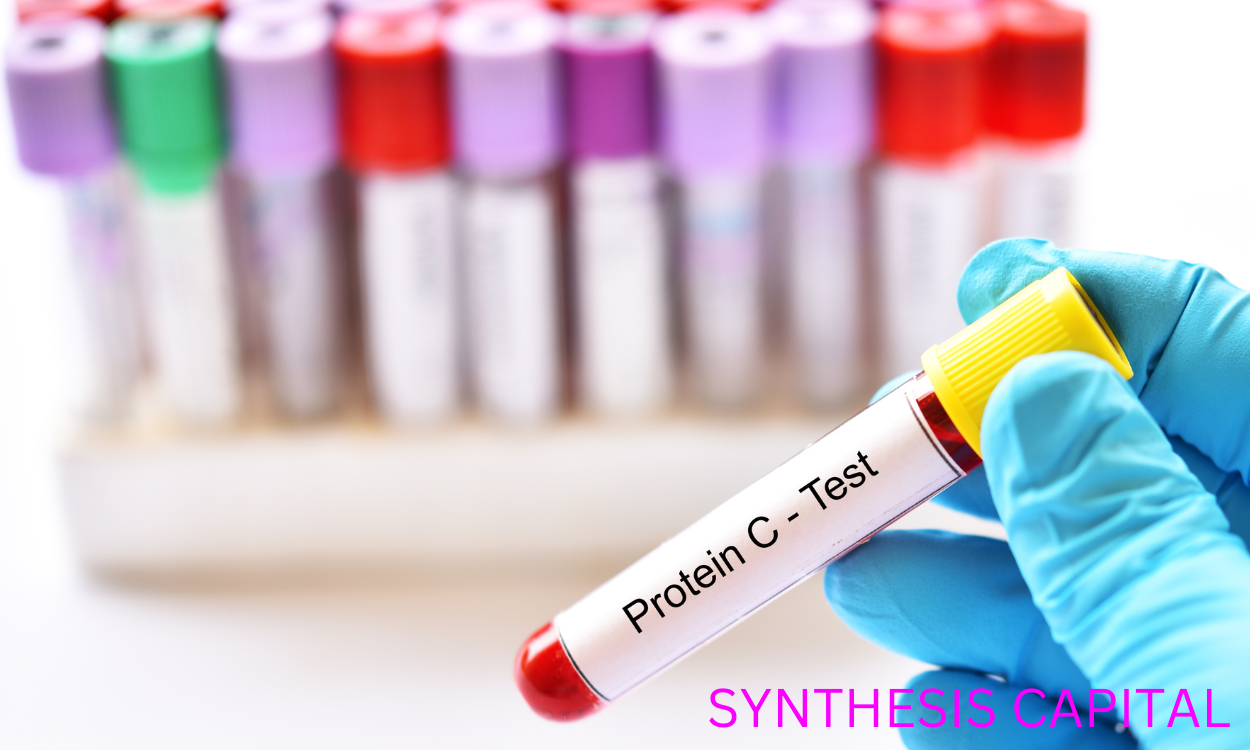phospho protein arrays are powerful tools used in biological research to simultaneously detect and quantify the phosphorylation status of multiple proteins within a single sample. These high-throughput assays allow researchers to gain valuable insights into cellular signaling pathways, protein-protein interactions, and disease mechanisms. By providing a comprehensive view of protein phosphorylation events, phospho protein arrays offer a more efficient and cost-effective approach compared to traditional methods such as Western blotting or immunoprecipitation. This technology has revolutionized the study of protein phosphorylation and has greatly contributed to our understanding of complex cellular processes.
The Distinction Between Phospho Protein Array and Regular Protein Array
A differs from a regular protein array in that it specifically detects phosphorylated proteins, which are proteins that have been modified by the addition of phosphate groups. This allows researchers to study and identify signaling pathways that involve protein phosphorylation, providing insights into cellular processes such as cell growth, differentiation, and apoptosis. By focusing on phosphorylated proteins, phospho protein arrays offer a more targeted approach to understanding intracellular signaling events compared to regular protein arrays that detect total protein levels.

What specific cellular processes can be studied using a phospho protein array?
Phospho protein arrays can be used to study a variety of cellular processes, including signal transduction pathways, protein-protein interactions, and post-translational modifications. By analyzing the phosphorylation status of different proteins in a cell, researchers can gain insights into how cells respond to various stimuli, regulate their functions, and communicate with other cells. This technology allows for the simultaneous detection of multiple phosphorylated proteins in a high-throughput manner, providing a comprehensive view of the complex signaling networks within a cell. Additionally, phospho protein arrays can be used to identify potential drug targets, biomarkers for disease diagnosis or prognosis, and mechanisms underlying cellular dysfunction in various pathological conditions.
Are there any limitations to using phospho protein arrays in research?
Phospho protein arrays are a valuable tool in research for studying protein phosphorylation and signaling pathways, allowing for high-throughput analysis of multiple phosphorylation events simultaneously. However, there are limitations to their use, including potential issues with cross-reactivity, background noise, and the need for validation of results obtained from array experiments using alternative methods such as Western blotting. Additionally, phospho protein arrays may not capture the full range of phosphorylation events occurring within a cell or tissue sample, as they are limited to the specific phospho-specific antibodies included on the array. Despite these limitations, phospho protein arrays remain a useful and efficient technique for identifying potential targets for further investigation in signaling pathways and disease mechanisms.
Measuring Phosphorylation Levels on a Phospho Protein Array
Phosphorylation levels of proteins on a phospho protein array are measured by first immobilizing a variety of phosphorylated peptides or proteins onto a solid surface. Next, the array is probed with a specific antibody that recognizes phosphorylated amino acid residues, such as phosphotyrosine, phosphoserine, or phosphothreonine. The bound antibodies are then detected using a fluorescent or chemiluminescent signal, allowing for the quantification of the phosphorylation levels of the proteins present on the array. This high-throughput method provides valuable insights into signaling pathways and protein interactions in a systematic and efficient manner.
Exploring Signaling Pathways in Cancer Cells with Phospho Protein Arrays
Phospho protein arrays have shown promise in studying signaling pathways in cancer cells by allowing for the simultaneous detection of multiple phosphorylated proteins involved in various pathways. These arrays enable researchers to identify key signaling molecules and potential biomarkers that may be dysregulated in cancer cells, providing valuable insights into the underlying mechanisms of tumorigenesis and potential targets for therapeutic intervention. Additionally, phospho protein arrays offer a high-throughput and cost-effective approach to analyzing signaling pathways in cancer cells, making them a valuable tool for both basic research and clinical applications in oncology.

What are some potential applications of phospho protein arrays in drug discovery?
Phospho protein arrays have the potential to revolutionize drug discovery by allowing researchers to simultaneously analyze the phosphorylation status of multiple proteins in a high-throughput manner. This can provide valuable insights into signaling pathways and protein interactions that are dysregulated in diseases such as cancer, leading to the identification of novel drug targets. Additionally, phospho protein arrays can be used to screen potential drug candidates for their ability to modulate specific signaling pathways or protein phosphorylation events, aiding in the development of targeted therapeutics with increased efficacy and reduced side effects. Overall, the use of phospho protein arrays in drug discovery holds great promise for accelerating the identification and development of new drugs for a wide range of diseases.
Ensuring Accuracy and Reproducibility of Data from Phospho Protein Arrays
Researchers ensure the accuracy and reproducibility of data obtained from phospho protein arrays by carefully following standardized protocols for sample preparation, labeling, hybridization, and data analysis. They also use appropriate controls and replicate experiments to validate the results. Additionally, they may utilize statistical methods to assess the significance of the data and ensure that any observed differences are not due to random variation. By employing these rigorous methods, researchers can confidently interpret and reproduce the data obtained from phospho protein arrays, leading to reliable and meaningful scientific findings.
Are there any advancements or new technologies being developed to improve phospho protein array technology?
Researchers are constantly working on advancements and new technologies to improve phospho protein array technology. Some of the recent developments include increasing the sensitivity and specificity of the arrays, improving the data analysis methods, and enhancing the multiplexing capabilities to allow for the simultaneous detection of multiple phosphorylated proteins. Additionally, efforts are being made to optimize the array platforms to make them more user-friendly and cost-effective, as well as to expand the range of applications for which they can be used. Overall, these advancements aim to enhance the performance and reliability of phospho protein arrays, making them valuable tools for studying signaling pathways and identifying potential therapeutic targets in various diseases.